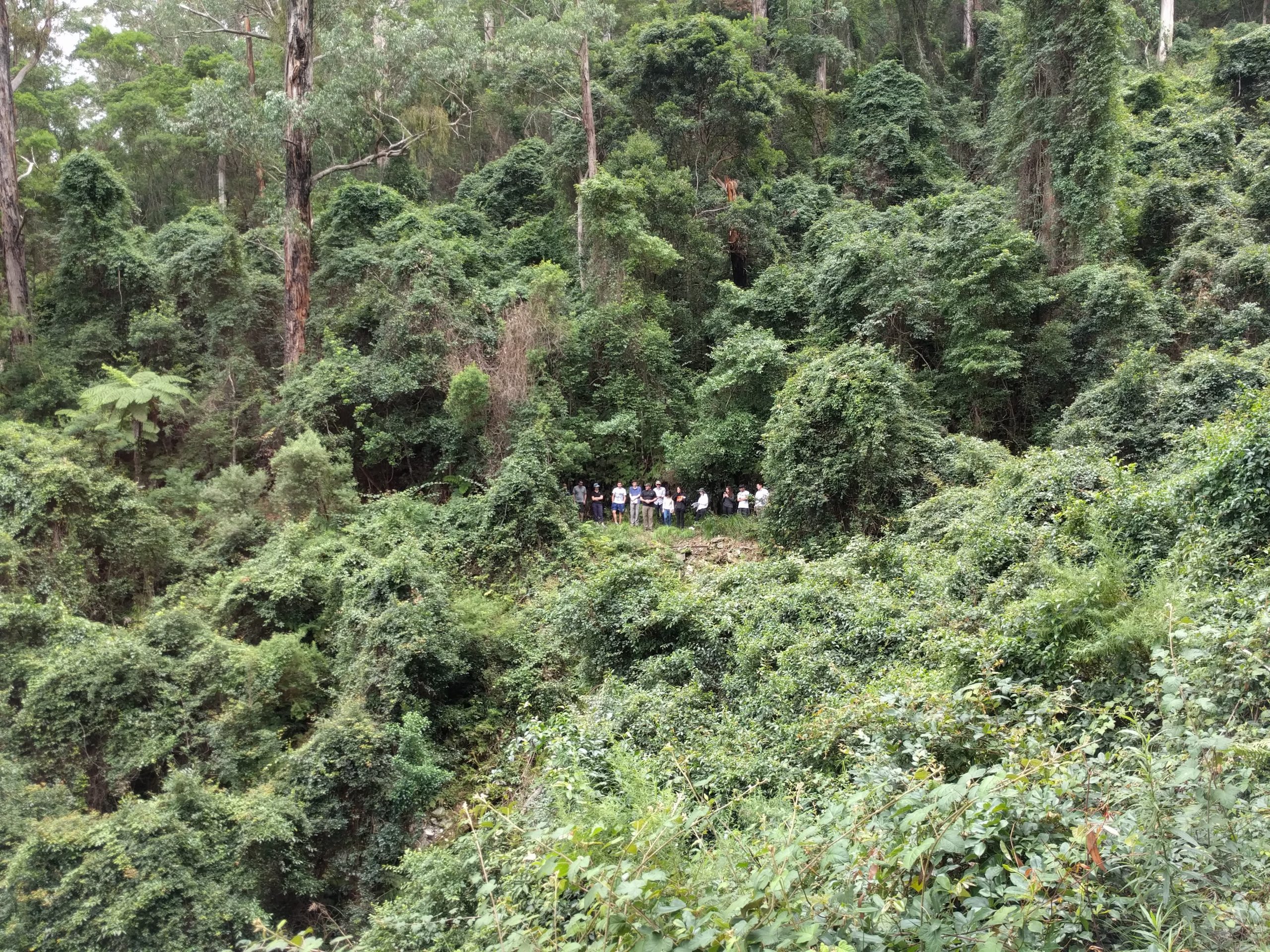Mercury is a potent neurotoxin that has a high rate of bioaccumulation and biomagnification through food webs. Industrial activities, like mining, fossil fuel combustion, and cement production, release mercury to the environment. Over the past 150 years, humans have tripled the amount of mercury in the atmosphere. Mercury can remain in the atmosphere for months, and can be transported to even the most remote ecosystems on earth, making mercury a global pollutant. But understanding how mercury pollution – and mercury cycling within ecosystems – will change as global warming progresses has been an open question.
Our new study in the Venezuelan Andes shows that climate change may exacerbate recent mercury pollution. To figure this out, we examined how mercury cycling responded to temperature change in the past, in this case a change of ~ 3 ºC at the end of the last major glaciation. A four-fold increase in mercury deposition occurred at this time (Figure 1), highlighting the potential impact that the current climate warming can have on the health of ecosystems.
Why we need to look into the past to understand environmental changes today
The end of the last Glacial, and the start of the Holocene, occurred between 14,500 and 11,500 years ago. This was not a smooth transition; global climate oscillated between warm and cold during this period. Abrupt returns to cold, glacial-like conditions occurred during two periods of time called the Older Dryas and the Younger Dryas. These climate oscillations provide a unique opportunity to understand how mercury cycling responds to rapid climate change.
Lake sediments are commonly used to reconstruct past climates because they contain a wide range of physical, chemical and biological proxies that can be dated precisely and used as indicators of past climates. We added mercury to this list, and examined how mercury deposition to a small lake in the Venezuelan Andes (named Laguna de los Anteojos) changed as the ecosystem itself changed in response to climate. Mercury deposition to the lake increased rapidly as temperature increased, suggesting future anthropogenic global warming might drive a similar increase in mercury deposition to remote ecosystems, even if anthropogenic emissions are reduced.

The combined evidence from the lake sediments (e.g. pollen from plants and sediment geochemistry) show that vegetation shifted to elevations that were ∼380 to 480 m during the Younger Dryas corresponding to ∼ 2.9 °C decrease in temperature. This apparently small increase in temperature has corresponded to a significant four times increase in mercury atmospheric deposition into the environment. This results in higher mercury entering water systems, where it is exposed to local wildlife to bioaccumulate and biomagnify mercury into food chains.
Climate warming increases mercury emissions via bush fires, and Australia is particularly prone to this problem
Plants can store a significant pool of mercury from the atmosphere, which is good – until fires occur. This is because the mercury that has been sequestered by vegetation is released during burning. This is particularly the case in contaminated areas, where plants store significant quantities of mercury emitted from human activities such as mining.
Mercury emission through bush fires represent an environmental and health concern as fire events have been pronounced during the Anthropocene. In 2019, Australia has experienced a megafire event, resulted from the warmest and driest year on record. The national rainfall total was 37mm, 11.7%, below the previous driest year in 1902. Apart from the obvious hazards posed by smoke and flames, there is the unexpected emissions of mercury released from the burning of bush.
At present, it is difficult to estimate mercury emissions from bush fires in Australia due to the lack of mercury studies in the region. In fact, the United Nations Global Mercury Assessment 2018 identified Australia and the Pacific as the biggest geographic gap in relation to knowledge on mercury. Australian researchers working on mercury, part of Mercury Australia research network, are working together to overcome this lack of information. The number of “megafires” is not expected to decrease, and in this not optimistic scenario, it is imperative that we fully understand the cycle of mercury to mitigate mercury pollution and exposure to humans.
By: Larissa Schneider, Colin Cook, Nathan Stansell and Simon Haberle
Australian National University
University of Alberta
Northern Illinois University


Twitter